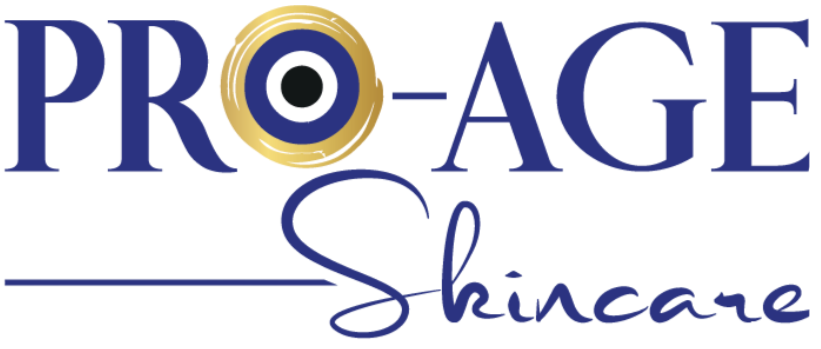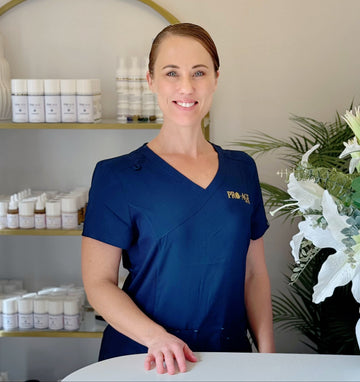I’ve been using this barrier repair night cream for a few weeks now, and my skin absolutely loves it! I wake up with hydrated, calmer skin with no dryness or tightness. It feels rich but not greasy, hasn't caused breakouts, and it absorbs beautifully. I’ve noticed my redness has reduced, and my skin barrier is feeling stronger — especially after using active ingredients during the day. A little goes a long way, and provides good value for money. Definitely worth it for anyone with sensitive or compromised skin, particularly following peels when the skin is in need of a bit more care.
This cream feels nourishing and creamy. It is easily absorbed and doesn’t feel heavy.
I cannot fault this kit. I am so happy with all the products! I have difficult skin- it looks dry but is actually oily/combination, it’s extremely sensitive but I have a lot of blackheads and I react to most products that I use. Nikky did a skin analysis on me and recommended this kit. All of the products feel great- absorb quickly and last all day. I’ve had no reaction and all my blackheads are starting to clear. Highly recommend for problematic skin.
The mask pot is the perfect size for product and the brush is great quality that feels so soft and luxurious on the skin.
After using the Pro-Age Revive + Night cream I have finally found a product that has had no adverse reaction to my skin, instead making my 60 year old skin feel calm and hydrated and well supported, I love the ease of using the Pro-Age range of products as they are clearly labeled for day and night applications.
For the first time in many years my skin is feeling amazing !!







